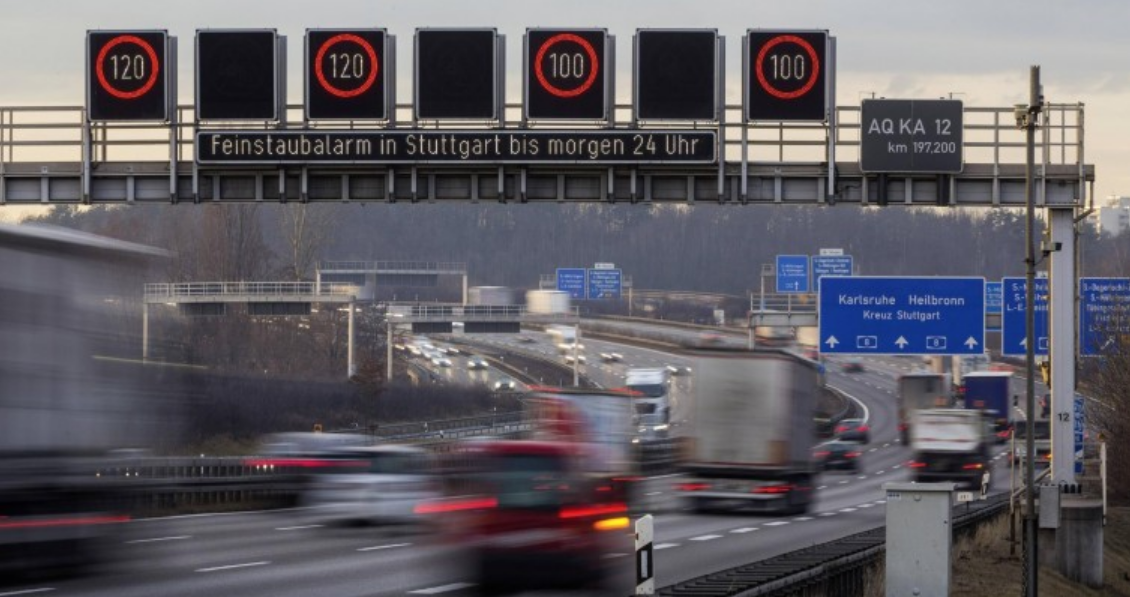Fine dust, NOX, CO2 - what is actually what?
There is a lot of air in Germany's cities: nitrogen oxides, particulate matter and CO2 pollute people and the environment. Responsible is the diesel. But what is actually what? A small disambiguation.

Cars blow a lot into the air: nitrogen oxides, fine dust, CO2.
What are nitrogen oxides?
Nitrogen oxides is the short name, the exact is nitrogen oxides. These are two gaseous compounds, both of which are abbreviated as NOX, so NOX values are often used. These oxides of nitrogen are harmful to health.
They do not occur in nature, unless they are produced by man. This happens whenever fossil fuels such as coal, oil or gas are burnt, for example, in marine or automotives. In the cities, diesel vehicles are the main source of NOx because diesel engines emit more nitrogen oxides than gasoline.
How dangerous are these nitrogen oxides for health?
They go to the bronchi, damage the mucous membranes or irritate the eyes. In long-term and high concentration, they attack the pulmonary function, which can ultimately lead to chronic cardiovascular diseases. Apart from this, they also damage plants, for example. Limits for nitrogen oxides apply.
What is the role of the fine dust in the diesel discussion?
Nitrogen oxides are a part of the fine dust load. It is basically about conventional dust, agitated by soil erosion or construction work. However, it also contains the particles which are formed by the tire abrasion of cars. During braking, particles can, for example, come loose from the brake linings. And additionally the NOX, mainly from diesel engines. And also with the fine dust applies: Lungs, bronchi or mucous membranes are attacked. Limits are therefore also applicable here.
In which area does CO2 come into play?
With carbon dioxide, we are in the area of combustion engines and climate protection. In contrast to NOX, CO2 is a natural component of the air. It is harmless to human beings, but it impedes the oxygen uptake in too high a concentration and can lead, for example, to dizziness or headaches. Therefore, there are limit values.
The key point is: too much CO2 is damaging - according to the prevailing view - the climate. CO2 also arises from the burning of fossil fuels. And shortened, for technical reasons, gasoline engines emit more CO2 than diesel engines.
When talking about retrofitting diesel cars, it is a matter of keeping the NOX limits. At the same time, however, it is apparently possible to increase CO2 emissions.